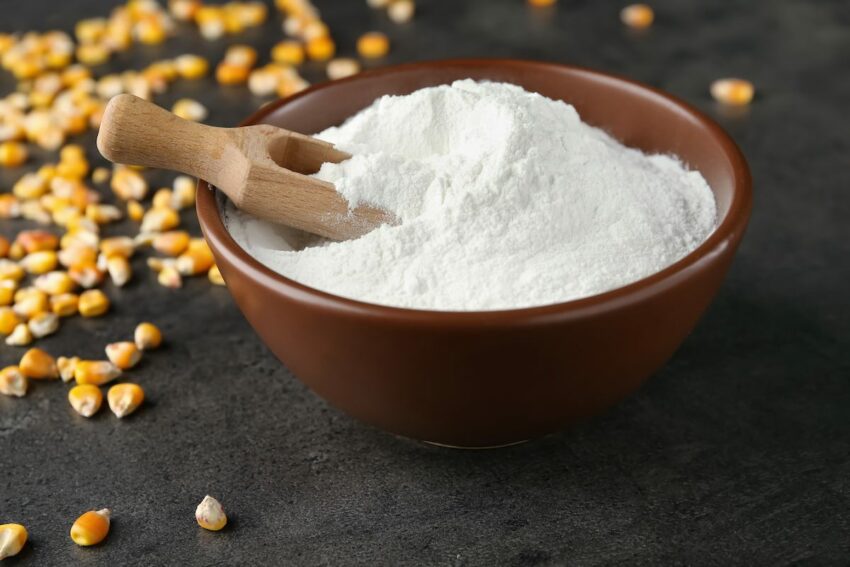How Much Flour to Replace Cornstarch in Pie Recipes

Are you tired of constantly running to the store for that one special ingredient? Cornstarch, while a common thickener in pie recipes, can be a hassle to find in stores and may not be a staple in every kitchen. So, what can you use as a substitute? Flour! Keep reading to find out how much flour to replace cornstarch in your pie recipes.
Baking the perfect pie is a labor of love, and finding the right ingredients can make all the difference. When it comes to thickening the filling, cornstarch is a commonly used ingredient, but it’s not always on hand. In a pinch, you can use flour as a substitute, but the question remains, how much do you need?
How to Substitute Flour for Cornstarch
The general rule of thumb is to use a ratio of two tablespoons of flour for every tablespoon of cornstarch in your recipe. This substitution will result in a slightly denser filling, but it will still hold its shape and have a smooth texture. If you want a thicker filling, you can use up to three tablespoons of flour for every tablespoon of cornstarch.
| Cornstarch (volume) | Flour (volume) |
|---|---|
| 1 teaspoon | 1 tablespoon |
| 2 teaspoons | 2 tablespoons |
| 1 tablespoon | 3 tablespoons |
| 2 tablespoons | ¼ cup |
| ¼ cup | ¾ cup |
| ½ cup | 1 ½ cups |
| 1 cup | 3 cups |
It’s important to note that using flour as a thickener will also affect the overall flavor of your pie. Flour has a mild, nutty taste, so it may impact the overall taste of your filling. If you’re concerned about the flavor, try using a combination of flour and cornstarch to get the best of both worlds.
How Flour Works as a Thickener
Flour is a staple ingredient in many kitchens and can be used as a thickener for pies and other baked goods. The starch in the flour acts as a binder and thickens the filling as it cooks. Unlike cornstarch, flour has a more distinct flavor, so it’s important to keep that in mind when making substitutions.
Experimenting with Flour Substitutions
When it comes to baking, there’s always room for experimentation. If you find that your pie filling is too thick or not thick enough, adjust the amount of flour to your liking. Keep in mind that it may take a few tries to get the perfect consistency, but the end result will be worth it.
If you’re making a fruit pie, consider using less flour, as the fruit will release its own juices and naturally thicken the filling. On the other hand, if you’re making a custard or cream pie, you may need to use more flour to ensure that the filling sets properly.
Final Thoughts
Flour can be a great substitute for cornstarch in pie recipes. The general rule of thumb is to use two tablespoons of flour for every tablespoon of cornstarch, but feel free to experiment to find the perfect consistency for your pie. Keep in mind that using flour will impact the flavor of your filling, but with a little experimentation, you’ll be on your way to baking a delicious pie in no time!
Top FAQs
Is cornstarch the same as corn flour?
Cornstarch and corn flour are not the same despite both being made from corn. Cornstarch is a fine, white powder made from the starch of corn kernels, used as a thickening agent in cooking and baking. Corn flour, on the other hand, is a coarser grind of cornmeal made from whole corn kernels and used in baked goods and other dishes.
Can you substitute cornstarch for flour in baking?
Generally, cornstarch is not a good substitute for flour in baking, although it can be used in some baking recipes use it as a thickener. Cornstarch does not provide the structure that flour does, so it’s best to consider other properties, such as gluten content and liquid absorption when making the substitution.




Leave a Reply